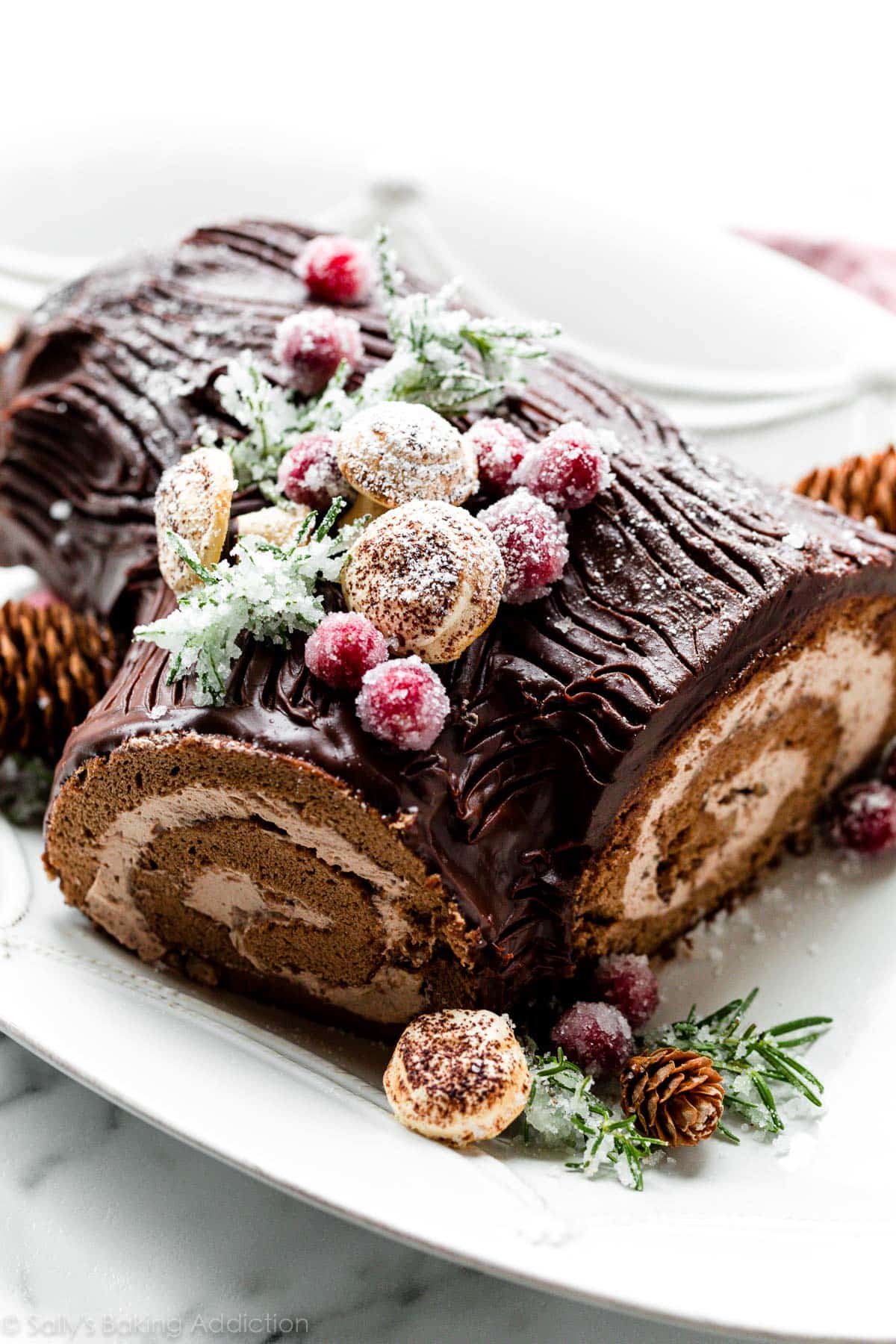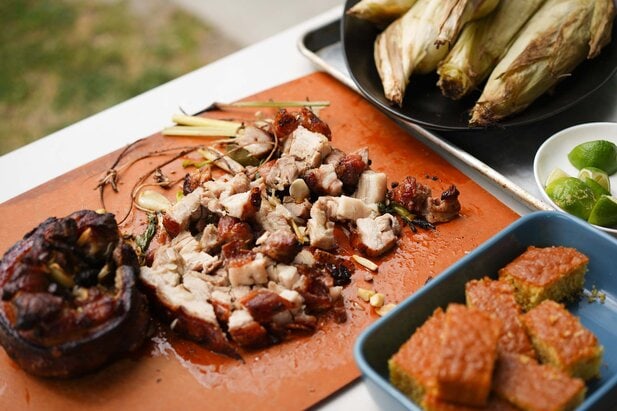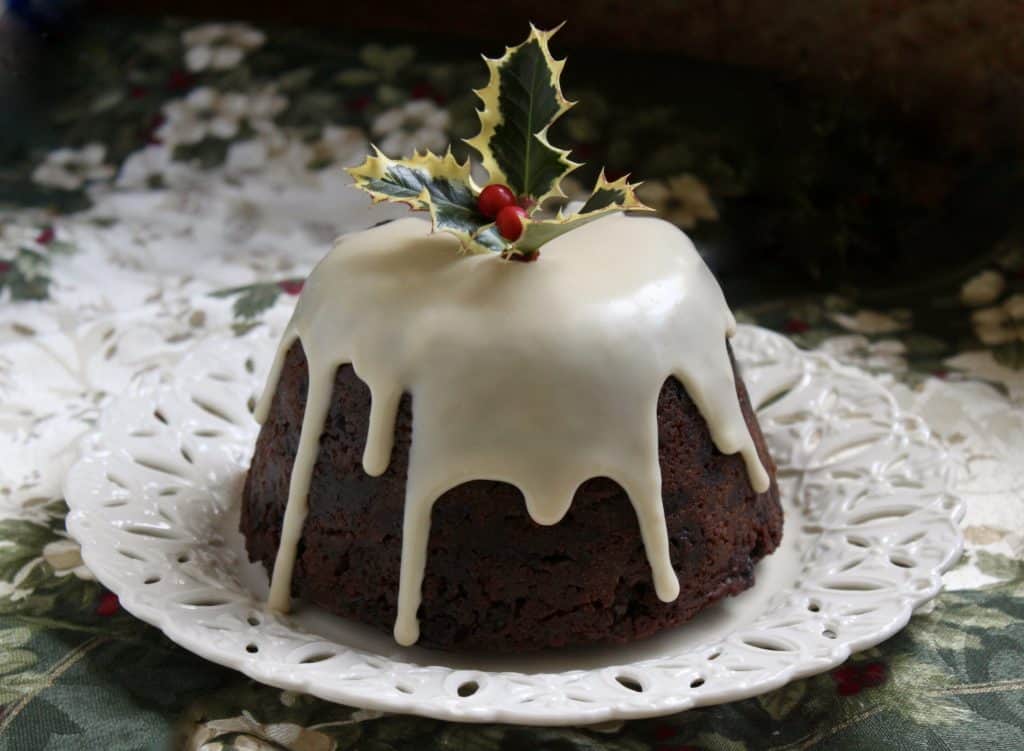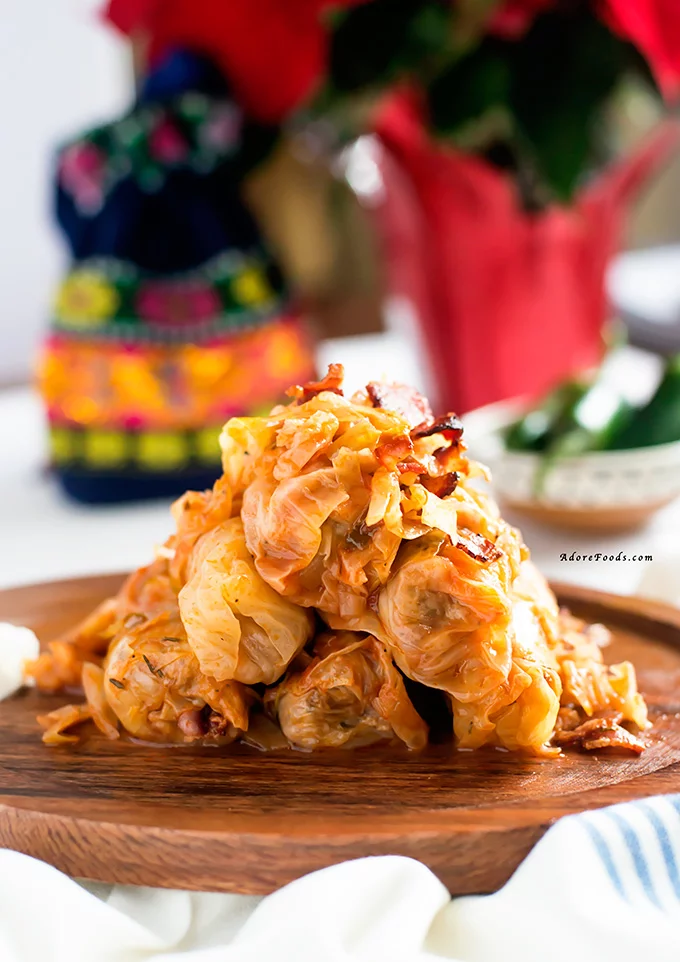What does Christmas smell like to you? For many, it is the rich scent of gingerbread, cinnamon, and pine, a sure sign of all the holiday baking to come. Or perhaps it is the savory aroma of a slow roasting turkey or ham, the centerpiece of your family’s Christmas dinner. These Christmas food traditions are so much more than just what we eat. They are a feast for the senses, bringing families and friends together to create memories.
While your traditions are special, they are one part of a beautiful global tapestry. Every country celebrates the holiday with its own unique flavors. The dinner table becomes a delicious reflection of culture, history, and love. From festive food like spiced mulled wines in Germany to savory tamales in Mexico, each dish tells a story. These international Christmas recipes are passed down through generations, showcasing how people express joy and gratitude through the act of sharing a meal.
If you are looking for new Christmas dinner ideas or are simply a food lover curious about the world, this list is your culinary passport. We are about to embark on a journey to discover ten of the most beloved traditional Christmas recipes from around the world. Prepare to get inspired, and maybe even find a new tradition to add to your own holiday menu.
10. Panettone – Italy
No Italian Christmas table is complete without the grand, dome-shaped silhouette of Panettone. This is Italy’s most iconic Christmas bread, a light, sweet, and buttery loaf that originated in Milan during the Renaissance. It is famously studded with candied citrus peel and raisins, and its tall, fluffy structure is a masterpiece of traditional baking. Its signature “cupola” shape is recognized worldwide.
The tradition of Panettone is one of patience. The authentic homemade panettone recipe is famously complex, often taking several days to make. The secret lies in a lievito madre (a protected sourdough starter) and a long, slow fermentation process. Because it is such a labor of love, we’ve found an excellent “Classic Italian Panettone Recipe“ that will guide dedicated bakers through the process.
While delicious on its own, knowing how to serve panettone is key. It is often served in tall, vertical slices with a cup of hot coffee for breakfast, or as a dessert with a glass of sweet, sparkling prosecco. For an extra decadent treat, try serving it with a side of rich mascarpone cream. And here’s a pro tip: if you have any leftover (which is rare), Panettone makes the most incredible French toast you will ever eat.
Classic Italian Panettone Recipe
Is it easy?
The author describes it as “one of the easiest desserts you’ll ever prepare,” but with a major caveat: it is time-consuming and requires “a good dose of patience.”
The “Notes” section clarifies that the dough is not like typical bread dough. It is “very soft, sticky, elastic,” and “a bit harder to handle than any other dough” due to the large amount of butter. While the steps are straightforward, successfully managing the sticky dough is the main challenge.
Total time: 4 hours 20 minutes
What ingredients are needed?
For the Panettone dough:
- 4 tbsp warm milk
- 1 tbsp dried yeast
- 8 tbsp sugar
- 2 sticks butter, room temperature
- 5 large eggs, beaten
- 2 tsp vanilla extract
- Grated zest of 1 lemon
- Grated zest of 1 orange
- 3 1/2 cups flour (plus extra for dusting)
- Pinch of salt
- 7 tbsp raisins
- 3 tbsp rum extract
- 8 tbsp candied lemon and orange peel, finely chopped
- Butter for greasing
For the topping:
- 1 tbsp egg white
- 1 tbsp icing sugar
- More icing sugar for dusting
9. Tamales – Mexico
In Mexico, the official flavor of the Christmas season is tamales. These aren’t just a simple dish; they are a beloved, time-honored tradition and the heart of holiday gatherings. A tamal is a packet of soft masa (corn dough), often stuffed with a savory or sweet filling, carefully wrapped in a corn husk (hoja), and steamed until tender.
Tamales are the essential food for Las Posadas, the nine-day celebration leading up to Christmas, and the main event at the Nochebuena (Christmas Eve) feast. The real magic happens at the tamalada, a festive, day-long cooking party where generations of family and friends gather to assemble hundreds of tamales. This tradition is as much about the storytelling, laughter, and bonding as it is about the food itself.
Every family has its own secret recipe, with variations from region to region. Popular Christmas tamales include spicy pork in a red chile sauce, chicken with salsa verde, or even sweet tamales filled with pineapple, raisins, and cinnamon. If you’re inspired to host your own tamalada, this “Mexican Tamales Recipe” is a great guide to making your own. For the most authentic experience, enjoy them with a warm, thick cup of atole or champurrado (a chocolate-based version), the perfect cozy drink for a Mexican Christmas.
Mexican Tamales Recipe
Is it easy?
The author says that while making tamales is “a process” (and more fun with multiple people), “it’s really simple, so don’t be intimidated!” One commenter also noted that the recipe was “easy to follow.”
How long does it take?
The times listed in the recipe instructions are a bit different from the summary card, so here is a breakdown based on the steps:
Husk Soaking: 30 minutes
Prep Time: The recipe card lists 25 minutes (this likely includes making the masa and assembling).
Cooking Time: This depends on your method:
- Steamer (Stove-top): 45 minutes to 1 hour (or longer).
- Instant Pot: 25 minutes on high pressure, followed by a 10-minute natural release.
The recipe card’s “Total Time” of 45 minutes seems to only account for the prep and the Instant Pot cooking time, but doesn’t include the 30-minute husk soaking or the longer stove-top steaming time.
What ingredients are needed?
The recipe lists ingredients for the dough and provides ideas for fillings.
For the Dough:
- 4 cups Masa Harina
- 3 cups broth (beef, chicken, or vegetable)
- 2 teaspoons baking powder
- 1 teaspoon salt
- 1 teaspoon cumin
- 1 1/3 cups lard
- 8-ounce package dried corn husks
Filling Ideas (requires separate preparation):
- Bean and cheese
- Salsa verde chicken
- Bean and cheese
8. Roast Goose – Germany
In many German households, there is one undisputed star of the Christmas dinner: the Weihnachtsgans, or German Roast Goose. This tradition dates back centuries to the Middle Ages, originally as a celebratory feast for St. Martin’s Day that also marked the end of the pre Christmas Advent fast. It is a true symbol of holiday abundance and hearty celebration.
Preparing this traditional Christmas recipe is often an all day affair. The goose is typically rubbed with herbs (like marjoram) and stuffed with a fragrant mixture of tart apples, chestnuts, and onions. This stuffing is essential, as it infuses the rich, dark meat with flavor and helps to balance the fat as it roasts for hours. The ultimate goal is a show stopping bird with a deep golden, shatteringly crisp skin.
A roast goose is nothing without its partners. It is almost always served with two essential, non negotiable side dishes: Rotkohl (a sweet and sour braised red cabbage) and Klöße or Knödel (plump potato dumplings). The bright acidity of the cabbage and the starchy dumplings are the perfect foil for the rich goose, all of it brought together with a deep, savory gravy made from the pan drippings. It is the very definition of festive, cozy comfort.
German Christmas Goose (We ihnachtsgans) Recipe
Is it easy?
Yes, the recipe is described as ‘so simple to prepare,’ which is great because it’s not a dish you see very often anymore.”
Total time: 2 hours 30 minutes
What ingredients are needed?
For the Goose:
- 1 (4 1/2-pound) goose
- 1 tablespoon salt (plus more for the bird)
- 1 dash pepper
- 2 teaspoons dried thyme
- 2 medium apples, cored and quartered
- 1 small onion, cut lengthwise into 1/4-inch strips
For the Gravy:
- 2 tablespoons pan drippings
- 2 tablespoons all-purpose flour
- 1 (14-ounce) can chicken broth
- Salt (optional)
- Freshly ground black pepper (optional)
- 1 teaspoon dried thyme (optional)
7. Bûche de Noël – France
In France, the grand Christmas Eve feast, known as Le Réveillon, is not truly complete until its stunning centerpiece dessert is presented: the Bûche de Noël, or Yule Log Cake. This is perhaps the most elegant and artistic of all French Christmas desserts, a masterpiece of the pâtissier’s art.
The cake itself is a light sponge cake (often a Genoise) that is layered with a rich filling, typically chocolate buttercream, espresso, or chestnut purée—and then carefully rolled into a cylinder. The “magic” is on the outside. The entire “log” is covered in frosting, which is then meticulously textured with a fork or knife to perfectly resemble the bark of a tree. If you’re ready to try making one, we’ve found an excellent Bûche de Noël recipe to guide you.
This beautiful dessert is a direct homage to the ancient pagan tradition of burning a real Yule log on the Winter Solstice to bring good luck and prosperity for the coming year. The cake is often decorated to look like a whimsical forest scene, complete with meringue mushrooms, a delicate dusting of powdered sugar “snow,” and sprigs of fresh holly. It is a delicious and symbolic piece of history.
Bûche De Noël (Yule Log) Recipe
Is it easy?
No, the author rates this recipe as Advanced. She describes it as a “show-stopping and elaborate dessert” that is “completely doable” but not one you can rush. She notes that it will “take you all day” and advises reading the detailed recipe and watching the video tutorial before starting.
How long does it take?
This is a very time-intensive recipe, primarily due to the optional garnishes and required chilling times.
Prep Time: 8 hours (this includes the time for making and drying the optional sugared cranberries)
Cook Time: 2 hours, 20 minutes (this includes the 2-hour baking time for the optional meringue mushrooms)
Total Time: 10 hours
The recipe has many steps with cooling and chilling, such as refrigerating the filled cake roll for at least 30 minutes and chilling the ganache for at least 30-60 minutes.
What ingredients are needed?
The recipe is broken into several components:
For the Cake:
- Cake flour
- Unsweetened cocoa powder
- Baking powder
- Salt
- Large eggs (separated)
- Granulated sugar
- Vegetable oil (or canola/melted coconut)
- Pure vanilla extract
For Rolling:
- Unsweetened cocoa powder
For the Cocoa Hazelnut Whipped Cream:
- Cold heavy cream
- Frangelico liqueur (or other liqueur, coffee, or vanilla)
- Confectioners’ sugar
- Unsweetened cocoa powder
- Finely chopped hazelnuts (optional)
For the Ganache Topping:
- Semi-sweet chocolate (finely chopped)
- Heavy cream
For the Optional Sugared Cranberries & Rosemary:
- Fresh cranberries
- Rosemary sprigs
- Water
- Granulated sugar
For the Optional Meringue Mushrooms:
- Large egg white
- Cream of tartar
- Salt
- Granulated sugar
- Unsweetened cocoa powder (for dusting, optional)
- Semi-sweet chocolate (finely chopped)
6. Pavlova – Australia and New Zealand
While the Northern Hemisphere is having a white Christmas, Australia and New Zealand are in the middle of a hot, sunny summer. That means their traditional Christmas desserts are not heavy, hot puddings, but something light, cold, and spectacularly beautiful. Enter the Pavlova.
This dessert is the subject of a fierce (but friendly) national rivalry, as both countries passionately claim to have invented it in honor of the Russian ballerina Anna Pavlova during her 1920s tour. The “Pav” is a true masterpiece of textures: a large, round meringue shell that is crisp and delicate on the outside, but holds a soft, billowy, marshmallow-like center. If you want to try it, we’ve found an excellent classic Pavlova recipe for you.
Just before serving, this stunning white canvas is piled high with cold whipped cream and a vibrant, colorful mountain of fresh summer fruits. Passionfruit pulp is considered essential, along with sliced kiwifruit, strawberries, and fresh berries. The result is a show-stopping, sweet, and refreshingly tart dessert that won’t weigh you down in the summer heat, making it the perfect centerpiece for a Down Under Christmas feast.
New Zealand Christmas Pavlova Recipe
Is it easy?
The author describes this as an “easy pavlova recipe” and says it’s “actually not that difficult,” even though pavlova, in general, has a reputation for being “notoriously tricky.” The key is to follow the instructions precisely, especially regarding not opening the oven.
Cook Time: 1 hour 30 minutes
Cooling Time: This is the most crucial part. After the cooking time, the oven is turned off, and the pavlova must be left inside to cool completely for a minimum of 3 hours, or ideally, overnight. The oven door should not be opened during this time.
What ingredients are needed?
For the Pavlova:
- Egg whites (at room temperature)
- Caster sugar (superfine sugar)
- White vinegar
- Vanilla extract
- Cornflour (cornstarch)
For the Topping:
- Cream (heavy whipping cream)
- Strawberries
- Kiwifruit
- Passionfruit pulp
5. Lechón – The Philippines
For a Filipino family, the Noche Buena (Christmas Eve feast) is the biggest and most anticipated celebration of the year. It is not considered complete without one spectacular, show-stopping centerpiece: the Lechón.
This isn’t just a simple pork roast; it is a whole suckling pig, a symbol of abundance and celebration. The pig is stuffed with a fragrant mixture of lemongrass, tamarind, garlic, and green onions, then slowly roasted for hours over a bed of live charcoal. It is an all-day labor of love, traditionally done on a hand-turned bamboo spit.
This meticulous process creates the two textures that make lechón famous: incredibly tender, juicy meat on the inside, and the legendary, most-prized part on the outside. The skin is basted until it transforms into a deep golden, glass-like, and shatteringly crispy lechón skin (known as balat). This is a celebratory feast we highly recommend trying. While roasting a whole pig might be difficult, you can get a taste of this tradition with a smaller pork roast using this great Lechón-style recipe.
Served with a rich liver-based sarsa (sauce), this dish is the heart of a Filipino Christmas, bringing the entire family to the table for a truly joyous feast.
Lechon Belly Recipe (Filipino Roasted Pork Belly / Cebuchon)
Is it easy?
This recipe is a complex, multi-step process that is very time-consuming. It involves making an infused brine, brining for 8 hours, stuffing, rolling, and tying the belly, and then cooking it on a rotisserie for 4 hours, which requires monitoring and basting. This would be considered an advanced or difficult recipe.
How long does it take?
The recipe requires a significant time commitment, mostly for brining and cooking.
- Prep: 15 minutes
- Brine: 8 hours
- Cook: 4 hours
- Total: 12 hours 15 minutes
What ingredients are needed?
The recipe is split into a brine and a stuffing:
Brine:
- White granulated sugar
- Lemongrass
- Garlic (smashed)
- Black peppercorn
- Star anise
- Medium white onion
- Bay leaves
- Salt
- Filtered water
- White vinegar
- Pork belly (with skin intact)
Stuffing:
- Salt
- Black pepper (ground)
- Garlic (sliced thinly)
- Bay leaves
- Medium white onion (sliced thinly)
- Green onions
- Lemongrass
- Milk (for basting)
4. Christmas Pudding – United Kingdom
In the United Kingdom, the Christmas dinner is not officially over until a dark, cannonball-shaped dessert, set on fire, is brought to the table. This is the traditional Christmas Pudding recipe, a quintessential British tradition. It is so iconic, it’s also known as “plum pudding” or “figgy pudding,” as mentioned in the “We Wish You a Merry Christmas” carol.
First, this is not a “pudding” in the American sense. It is a dense, dark, and incredibly rich steamed cake, packed with dried fruits (like currants and raisins), spices, nuts, and suet (a traditional fat, though vegetarian versions are now common). It is then soaked in a very generous amount of brandy or rum.
The tradition is as important as the dessert itself. The pudding is prepared on “Stir-up Sunday,” the last Sunday before Advent, which is weeks or even months before Christmas. Every family member takes a turn to stir the thick batter while making a wish. A silver coin (like a sixpence) was traditionally hidden inside, promising wealth to whoever found it. This long waiting period is essential for the pudding to “mature” as the alcohol deepens the flavors.
The real show is on Christmas Day. The pudding is steamed for a final time, doused in more warm brandy, and set aflame (flambéed) as it’s brought to the table. It is then served with a thick brandy butter, rum sauce, or hot custard.
Traditional British Christmas Pudding Recipe
Is it easy?
The author describes the process of mixing the ingredients together as “crazy-easy.” However, the overall recipe is a multi-step, traditional process that requires special equipment (like a pudding basin) and a very long, hands-off cooking time. While the mixing is simple, the steaming and maturing process is involved.
How long does it take?
This is a “make-ahead” dessert that requires significant time for both cooking and maturing.
- Prep Time: 30 minutes
- Initial Cook Time: 6 hours (steaming)
- Maturing Time: This is the most important part. The pudding is traditionally made weeks or even months in advance (the article suggests 6 weeks to a year) and stored in a cool place to mature.
- Time to Serve: When ready to serve, it must be reheated by steaming for another 2 hours (or microwaved until piping hot).
What ingredients are needed?
For the Pudding:
- Butter (or suet)
- Dark brown sugar
- All-purpose flour
- Baking powder
- Eggs
- Mixed spice (a specific British blend)
- Fresh breadcrumbs
- Sultanas (golden raisins)
- Raisins (the author soaked hers in brandy)
- Zante currants
- Apple (grated)
- Orange rind
- Orange juice
- Brandy or rum
- Mixed candied peel (optional)
For Serving:
- Brandy (for lighting)
- Brandy sauce, brandy butter, whipped cream, or custard
3. Bacalao a la Vizcaína – Mexico and Spain
On Nochebuena (Christmas Eve), tables in both Spain and Mexico are often graced with a hearty, complex, and incredibly flavorful salt cod stew. This is Bacalao a la Vizcaína, a perfect example of an Old World tradition that has been lovingly adopted and adapted.
The star ingredient is bacalao, or salted, dried cod, a staple that dates back centuries to the Basque Country of Spain. This is not a quick dish; it is a true labor of love. The rock-hard, salty fish must be soaked for one to two days, with the water changed multiple times, to rehydrate it and remove the excess salt, resulting in a tender, flaky fish.
The “a la Vizcaína” (Basque-style) part refers to its rich, savory sauce. The cod is poached in a sofrito of tomatoes, onions, and garlic, but the signature flavor comes from a briny, powerful mix of green olives, capers, and sweet roasted piquillo peppers. In Mexico, this traditional Christmas Eve recipe is a non-negotiable part of the feast, often served alongside romeritos (a wild greens dish) and tamales, creating a stunning blend of flavors that is the very definition of a celebratory meal.
Bacalao a la Vizcaina (Basque-Style Codfish Stew) Recipe
:max_bytes(150000):strip_icc():format(webp)/4664498-efcd346f2eee49c7ae2dd4cd6da44ce7.jpg)
Is it easy?
The recipe is described as having simple steps, like slicing onions and potatoes. The actual cooking is not complex. However, it is not a “quick” recipe because the most critical and time-consuming part is soaking the salt cod.
How long does it take?
This dish requires significant advance planning, almost entirely for the soaking.
- Hands-on Time: 20 minutes
- Soaking Time: A minimum of 8 hours (or up to 24 hours) is required to soak the salted cod and remove the excess salt. This step is essential.
- Cook Time: About 30 minutes of simmering.
- Total Time: Approximately 8 hours and 50 minutes, with the vast majority of that being inactive soaking time.
What ingredients are needed?
- Salted cod (bacalao)
- Potatoes
- Onions
- Hard-boiled eggs
- Capers
- Garlic
- Olives
- Roasted red peppers
- Raisins
- Tomato sauce
- White wine
2. Sarmale – Romania
In Romania, it is simply not Christmas without a massive, fragrant pot of Sarmale simmering on the stove. These are not just any cabbage rolls; they are the quintessential Romanian comfort food and the undisputed star of the Christmas feast.
The magic comes from the wrapper: soured cabbage leaves (varză murată), which have been pickled in brine. This is what gives the sarmale its signature tangy, complex flavor that cuts through the richness of the filling. Each leaf is meticulously hand-rolled with a savory mixture of minced pork (often mixed with beef), rice, onions, and herbs.
The rolls are then carefully layered in a heavy pot (traditionally a clay tuci), often with pieces of smoked bacon or ribs tucked in between them. They are left to simmer for hours in a savory tomato broth until they are melt-in-your-mouth tender. The aroma alone is the smell of a Romanian Christmas. This is a dish we highly recommend trying. If you’re feeling adventurous, this traditional Sarmale recipe is an excellent guide.
There is only one proper way to serve sarmale: piping hot, alongside a generous helping of mămăligă (a creamy polenta) and a cold, heavy dollop of smântână (sour cream). It is a true labor of love and the ultimate festive food.
Sarmale (Traditional Romanian Cabbage Rolls) Recipe
Is it easy?
The author states that the “Romanian cabbage rolls are really easy to make but time consuming,” noting that the rolling part in particular takes a while.
How long does it take?
The recipe card lists specific times, though the instructions suggest a longer cooking period:
- Prep Time: 1 hour 30 minutes
- Cook Time: The recipe card says 2 hours, but the detailed instructions describe boiling for 2 hours, then adding tomato juice and boiling for another 2 hours, stating the “total cooking time should be at least 3 hours.”
- Total Time: The recipe card says 3 hours 30 minutes (likely based on the 2-hour cook time). However, following the detailed instructions would result in a total time of at least 4 hours 30 minutes (1.5 hours prep + 3 hours cook) or potentially longer.
What ingredients are needed?
- Combined ground pork/beef
- Arborio rice
- Large onion
- Dried oregano
- Dried basil
- Olive oil
- Large sour cabbage (sauerkraut)
- Tomato juice
- Smoked bacon
- Fresh thyme sprigs
- Bay leaves
- Salt and pepper
1. Eggnog – United States and Canada
In the United States and Canada, it is simply not Christmas without a rich, creamy, and heavily spiced glass of Eggnog. This iconic holiday drink is a decadent concoction of eggs, milk, cream, and sugar, all whipped together and finished with a heavy dusting of freshly grated nutmeg.
While non-alcoholic versions are popular for the whole family, for many, it’s not real eggnog unless it’s spiked eggnog, traditionally with a generous splash of rum, bourbon, or brandy. Its history traces back to posset, a hot, milky ale-like drink from medieval Britain, but it was in colonial America, where rum was plentiful, that it transformed into the Christmas classic we know today.
It is the official drink of holiday parties, served chilled in a large punch bowl, or enjoyed as a warm, comforting treat by the fireplace. While store-bought cartons are everywhere, a homemade eggnog recipe is a completely different experience, infinitely richer and more flavorful. Smooth, sweet, and comforting, it is truly Christmas in a cup.
Homemade Eggnog Recipe
Is it easy?
The author describes this as “the BEST (and easiest) Homemade Eggnog recipe” and says, “You wont believe how easy and DELICIOUS homemade Eggnog is.”
Total Active Time: 25 minutes
Additional Time: The recipe requires the eggnog to be refrigerated until chilled. This time is not specified but is a necessary step before serving.
What ingredients are needed?
- 6 large egg yolks
- 1/2 cup granulated sugar
- 1 cup heavy whipping cream
- 2 cups milk
- 1/2 teaspoon ground nutmeg
- Pinch of salt
- 1/4 teaspoon vanilla extract
- Ground cinnamon (for topping)
- Alcohol (optional: brandy, bourbon, rum, or whisky)


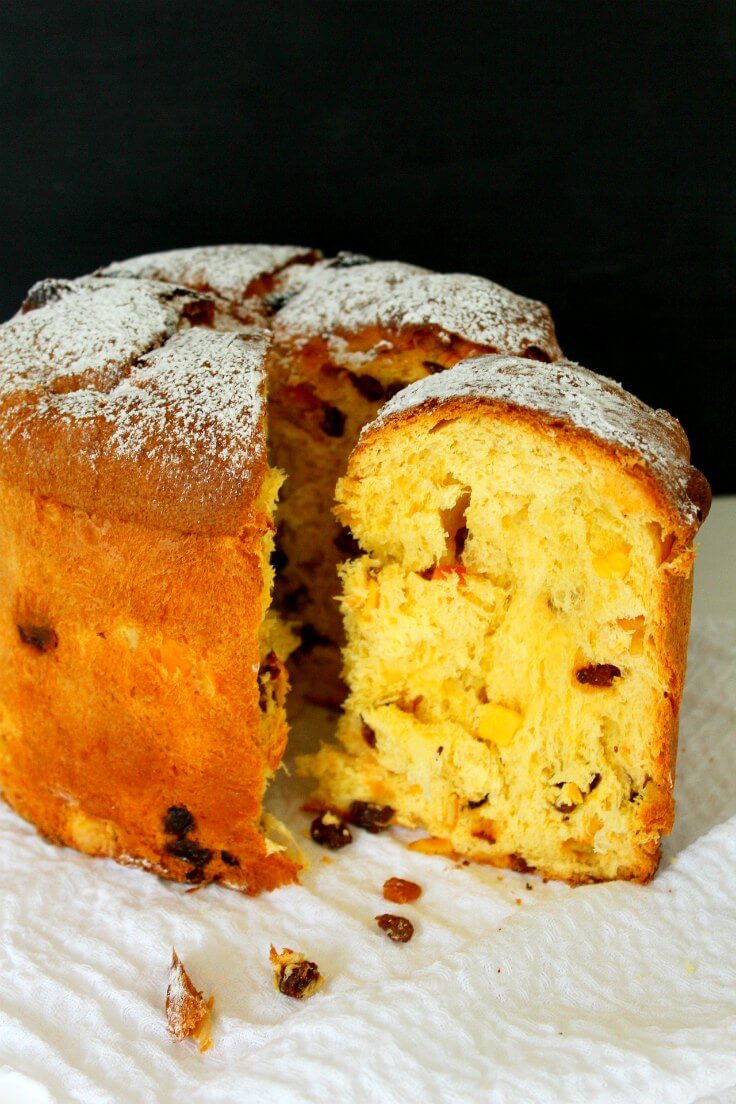
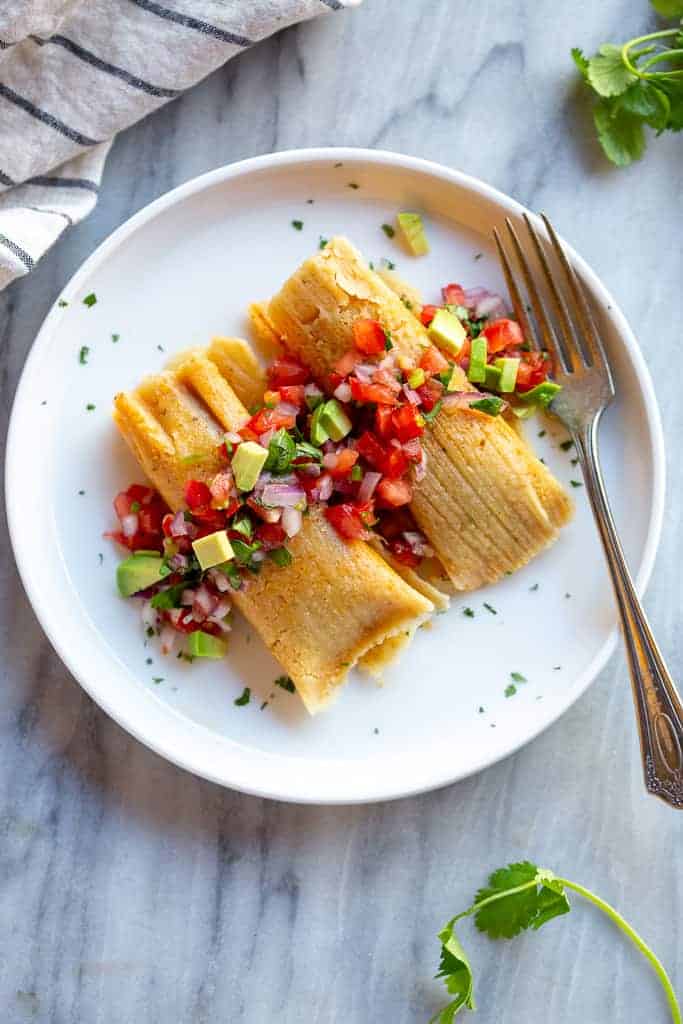
:max_bytes(150000):strip_icc():format(webp)/grerman-christmas-goose-recipe-weihnachtsgans-1446761-hero-a7736f8b1f2c49d49cea85bf39622a23.jpg)
